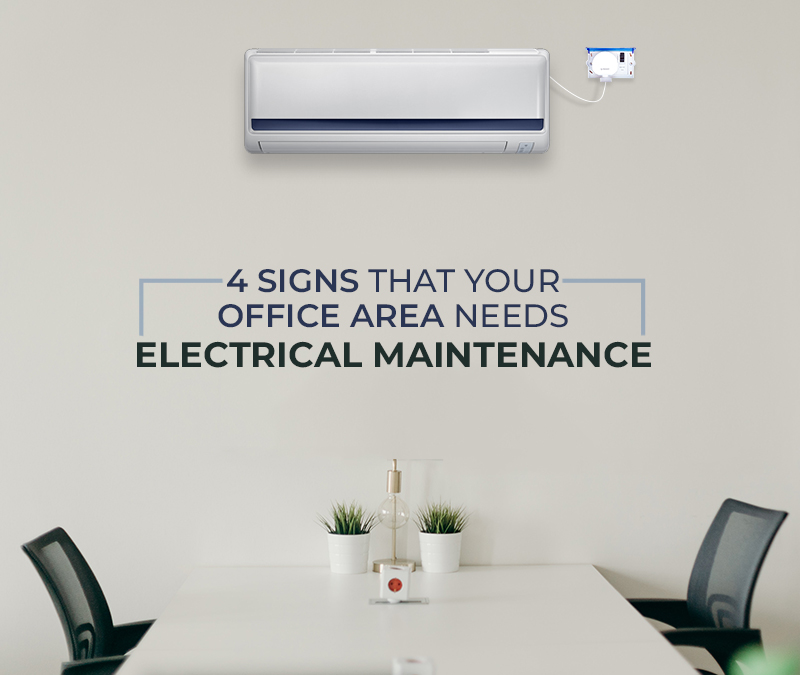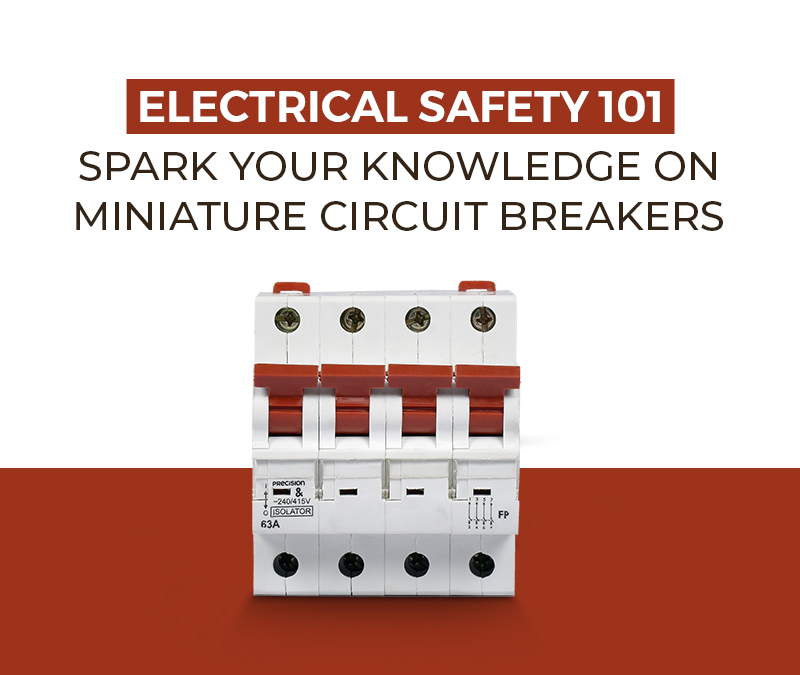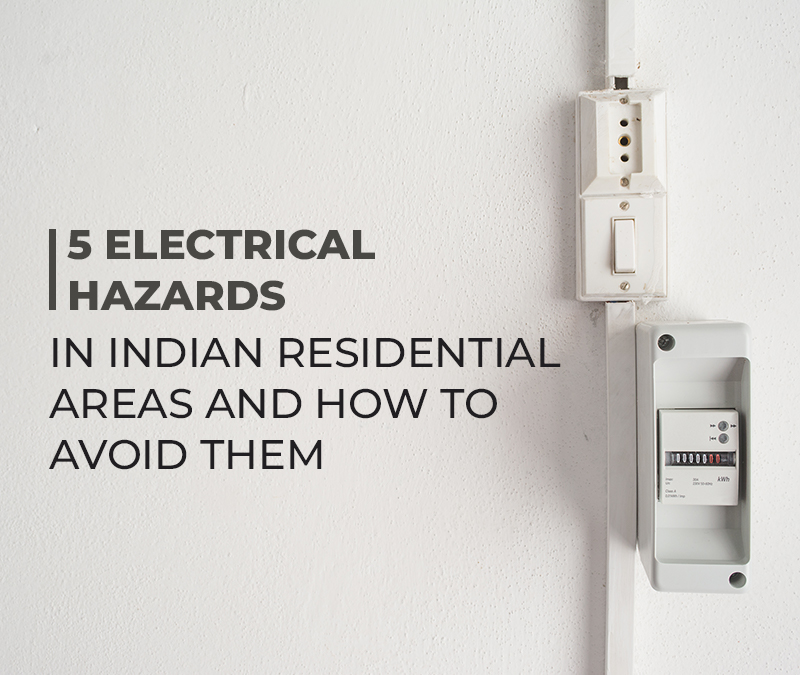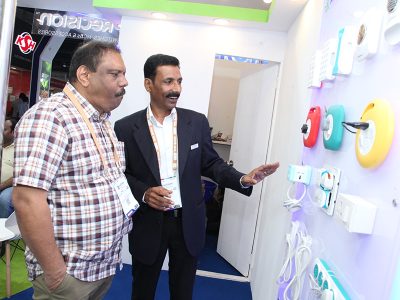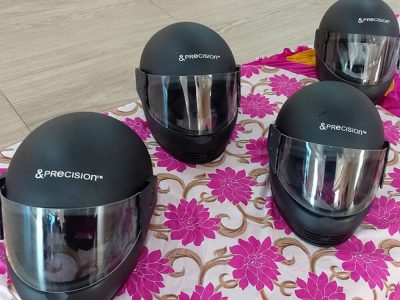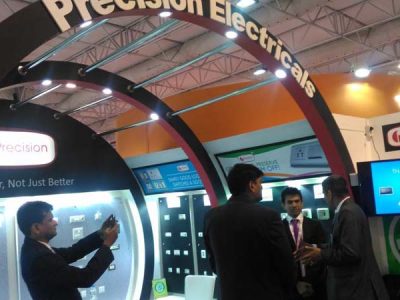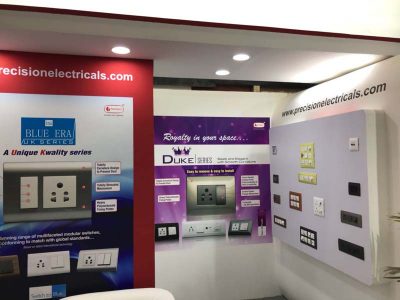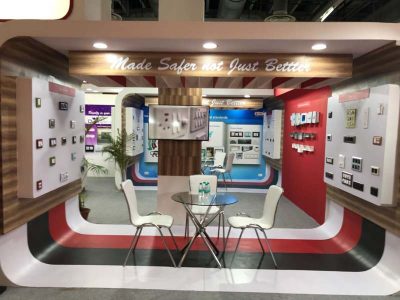
5 Common Circuit Breakers Issues You Should Know About
June 29, 2022
5 Things to Do When Maintaining Your Home’s Electrical System
August 19, 20224 Signs That Your Office Area Needs Electrical Maintenance
In cities like Mumbai, many workplaces are run at a breakneck speed to cater to the large influx of people within their spaces and the clients they offer services to.
Some even need to be functional 24×7, such as your business process outsourcing firms, marketing agencies, and downtown restaurants.
With such a high value being placed on constancy, the concerned owners and facility managers cannot afford to let equipment failure, occupational mishaps, and other operational inefficiencies cause downtime. The work must go on. And fast.
One major obstacle to this can be the deterioration of electrical accessories and circuitry in the building, which can cause irreparable damage to the appliances and computers so vital to the functioning of the establishment. How do you recognize the warning signs before this occurs? This post outlines 4 signs that indicate you might need a visit from an electrical engineer.
Frequent Miniature Circuit Breaker Trips
Most people understand how miniature circuit breakers work.
If it detects a current overload or a short circuit, it “trips,” cutting off the supply, and thus closing off the section of your office where the electrical problem lies. This occurrence is rare, but not unheard of on large work floors, commercial facilities, and other establishments.
However, if they continue to trip on a frequent basis, then you need to call your electrician to get to the bottom of the problem. The following factors could be the real culprits behind the frequent tripping:
- Short circuit via accidental contact between wires, wall, or human
- Overcurrent i.e. an overload on the circuit breaker
- Entwined wirings inside the switch plates and walls
- Irregularly fluctuating voltage levels
- Problems with the miniature circuit breakers themselves
Should your office need a fresh series of miniature circuit breakers, you can order them in bulk from an MCB manufacturer, such as Precision Electricals.
Unusually Expensive Electricity Bills
There are times when the electricity bills show an unusually high consumption, resulting in expensive bills. Now, the first instinct is to suspect the energy provider of raising the rates, and you can confirm this by comparing it to previous bills, looking for hikes in rates, or tracking your consumption rows. Or you could have bought a new appliance, such as a heater that has guzzled more units during a winter month.
But the possibility also remains that the circuitry, breakers, electrical switches, and concealed metal boxes in your walls are faulty, losing energy via overheating, short circuits, and other mishaps. So, in the event that the provider has not hiked rates, no new appliances, and no increase in usage of an appliance (for e.g.: an air-conditioner during summer), and your bills are still unusually expensive, your office may need electrical maintenance.
Overheated Outlets
Have you ever noticed an electrical switch’s cover plates turn warm? This usually happens when you plug several electrical appliances into one outlet.
As a principle of general electrical supply, outlets warm when converting alternate current (AC) to direct current (DC), though this is a negligible increase in temperature. Generally speaking, a warm switch plate isn’t a good sign, as it indicates overheated wires, switch contacts, and it could lead to the polycarbonate plate burning. However, if you lessen the load on the outlet, the plate should revert to a normal room temperature.
More dangerously, there could be something wrong with the switch’s metal contacts or the wire terminations, which would cause overheating even without the excess of appliances plugged in i.e. it could occur with just one appliance connected to the outlet. In this case, the sign is ominous. Leaving the outlet unchecked by an electrician could result in its burning, or even its explosion, causing collateral damage.
Get it checked!
Appliances Buzzing, Sparking, or Burning
Burning espresso machines? Smoking microwaves? Buzzing computers? Sparking plugs?
Of course, these could be issues internal to the electrical appliances themselves, but in the case that they don’t seem to exhibit these signs in other venues (say, at home), then you may have a problem on your hands.
These are red flags, indicating an overheated outlet, an overloaded circuit, deteriorated circuits, or the presence of current-dissipating liquids like water. If your workplace is part of an old structure whose electrical system hasn’t been upgraded in years, you don’t need another sign to call your electrician.


